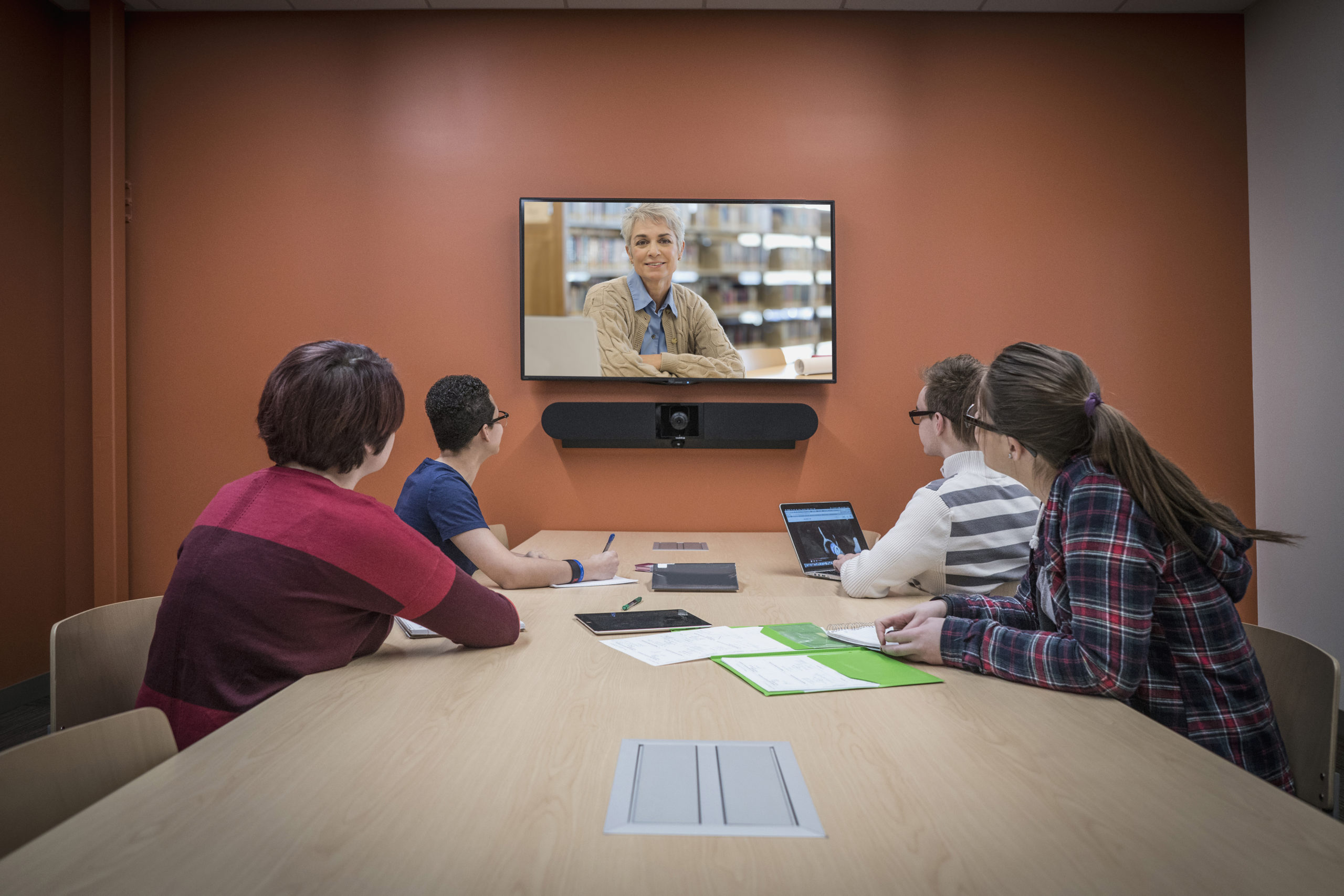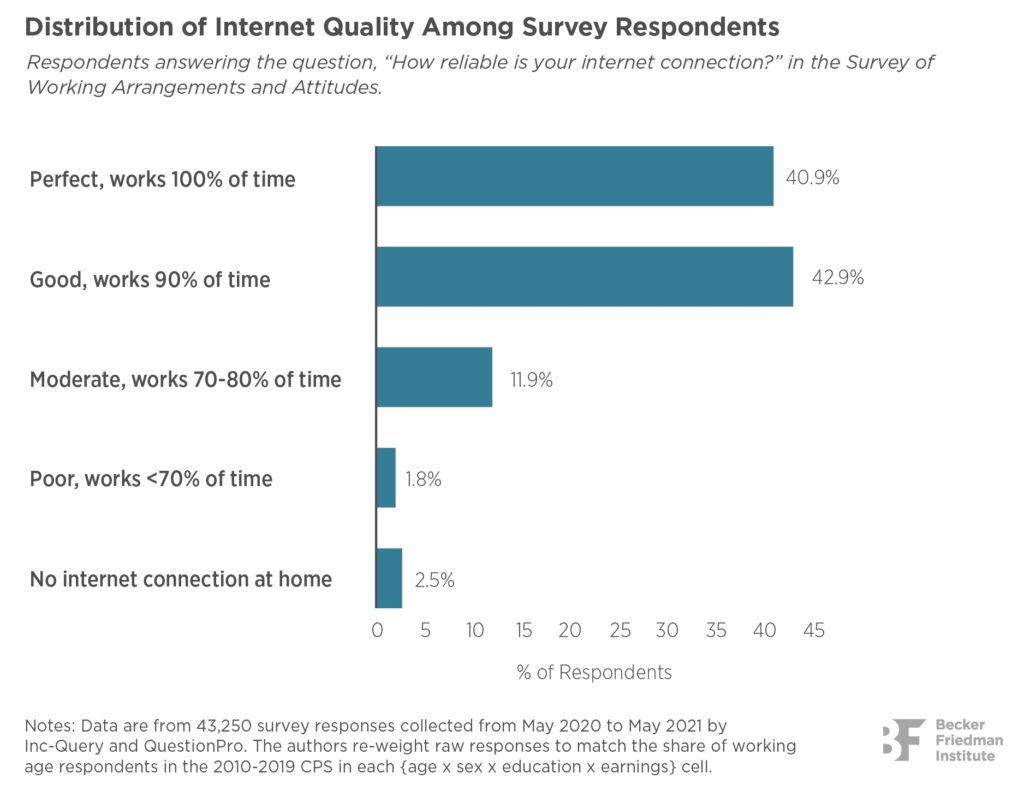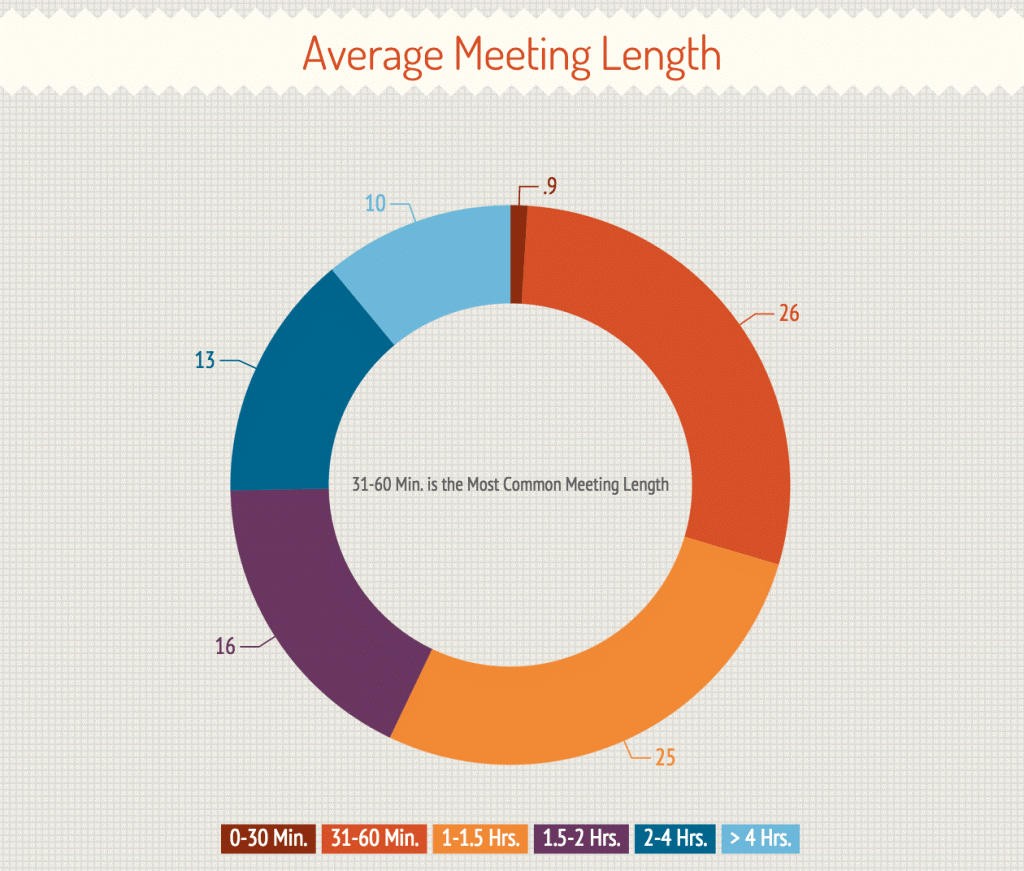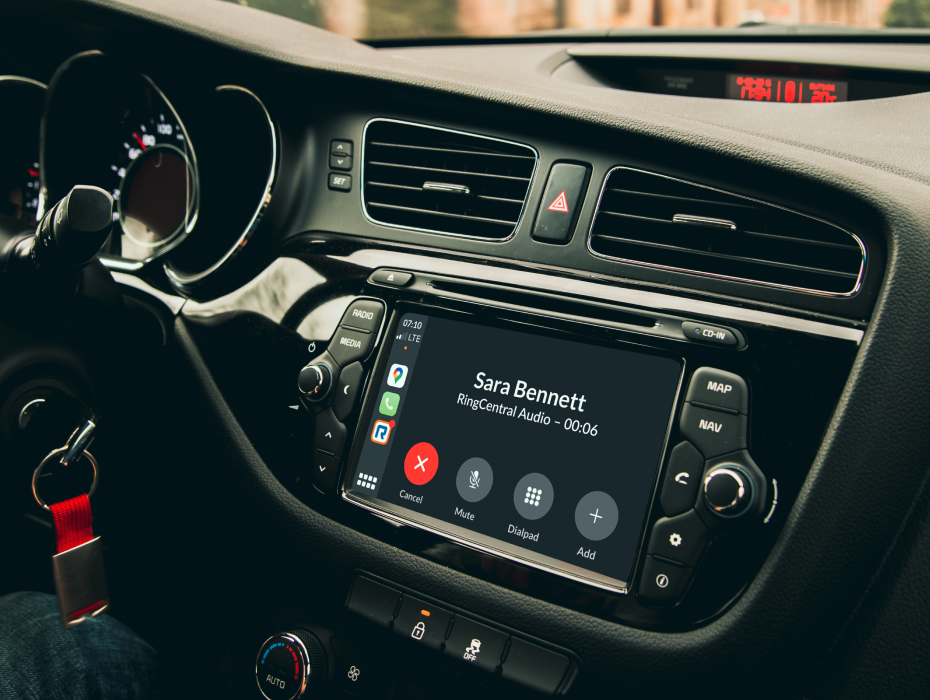The world is becoming a better-connected place thanks to technology. It moved from international phone calls with often bad connections to the clunkiness of early video conferencing and has now reached high-quality video calls thanks to better tech and high-speed internet.
One term that is now commonplace in business is the virtual meeting room (VMR). Just what does that term mean and how do you set one up? Do you need specific audiovisual equipment and what can your virtual conference room be used for?
What Is a Virtual Meeting Room?
As the name suggests, a virtual meeting room is simply an online/virtual version of the physical meeting space, such as a boardroom or library meeting room you would use for a normal in-person meeting. Just as with a physical space, it’s a workspace that can be used for anything from seminars to training sessions.
Also similarly to a physical space, Virtual Meeting Roomr (VMR) has a unique ‘location’ in that it has a virtual address. This is called a uniform resource identifier (URI) and appears as an email-type address. That usually comes in the form of your work email combined with ‘meet’ or something to that effect.
Virtual Meeting Room Vs. In-Person Meetings

While more localised events, such as council meetings, may generally be held in person, there are occasions when a physical meeting is logistically difficult. This could be because of physical distance; for example, between offices in Sydney and Perth.
For a small business, they may not have the space for a physical meeting and may have to look to meeting room hire when they need to hold a networking event or something similar. You lose very little in the way of connectability when it comes to switching to a virtual meeting room; you can still discuss business in real-time (though you’ll have to provide your own refreshments)!
One Time Virtual Room vs Permanent Virtual Room
Permanent virtual rooms (PVRs) are ideal if you want to hold regular meetings but physical meetings are not an option. For example, your business has offices in Melbourne, Sydney and Brisbane and it costs both time and money to fly your staff in from different locations. Having a PVR means you have a dedicated place to regularly meet.
One time virtual rooms are more utilised for one-off meetings and video calls that do not need to be repeated. For example, you may be submitting an expression of interest to a potential client. One-time rooms are perfect for calls where you want both privacy and high levels of security.
What Is the Capacity of a Virtual Meeting Room?
Capacity can vary according to the unified communications (UC) platform you use. With RingCentral MVP, you can have as many as 300 participants involved, making it an ideal choice as far as sustainability is concerned and far cheaper than venue hire.
Equipment Needed for a Virtual Meeting Room
- Computer: you’ll need some basic hardware to participate in or host a VMR. This will normally mean a desktop or laptop if hosting, but participants can also access a VMR via smartphones or tablets. You also need a Wi-Fi signal strong enough to connect as well as any needed peripheral equipment such as HDMI cables.
- Webcam: unless you have agreed to an audio-only call, you will need a good webcam so that other participants can see you (and vice versa).
- Video conferencing system: once you have the hardware in place, you need a good video conferencing system like RingCentral to ensure efficient meetings.
How to Use a Virtual Meeting Room
- Open App: Once you have your app installed, simply click on it to launch.
- Click Meetings tab: To set up a new room, click on the meetings tab and select an existing room or create a new one.
- Add meeting’s name, password, description, and location: Give your meeting a name (for example, ‘business support meeting’), then add a password (or access code), a description of what the meeting is about, and where you are located.
- Save: save all the details so that you now have a dedicated room.
- Invite participants: choose and invite the people you want to participate (for example, via email or SMS), and provide them with any required password or access code.
When Do You Need A Virtual Meeting Room?
Remote Work Meetings
It may well be the case that your organisation has a large volume of staff working remotely. A VMR means that you can bring staff and/or teams together for collaboration or project meetings.
Company-Wide Meetings
Rather than remote workers, it may be that you have offices in different parts of the country or even internationally. Virtual event spaces allow you to bring all those staff together and, using virtual tools such as an online whiteboard, you can offer presentations, host webinars, or any other format you need to communicate with your organisation as a whole.
Meetings With Long-Distance Clients
Many businesses now compete in the global marketplace so potential or existing clients may be thousands of kilometers from you. A VMR eliminates that distance and allows you to make a pitch to a potential client or for an existing client to enquire as to the progress of their project.
Benefits of Virtual Meeting Room

Increased Productivity
VMRs bring involved parties closer together, whether staff or clients. That means VMR can help increase collaboration (especially useful with remote teams), aid in creating a more streamlined workflow, and ensure better communications. The ability to share screens and record meetings also supports this.
Flexibility to Join
It’s not always about diverse geographic locations. It may be the case that a team member is unable to join because of prior commitments or being away from their office. With VMRs, you have the flexibility to join when you are able (or review the recorded meeting later). You can even join with an audio connection if driving.
Video Conferencing Solutions Save Time
Even when your staff are all close to your main office, a physical meeting can take time away from a busy day. VMRs bring people together quickly and efficiently no matter where they are. This means that people can join your meeting with a simple click of a mouse or button.
Cost-Efficient HD Video Conferencing
Physical meetings cost both time and money. You may have to fly (or face other transport costs) staff in as well as the cost of hotels, food, and other expenses. High-quality HD video conferencing offers a cost-effective alternative without losing out on efficiency.
Conclusion
It is simply not always possible to hold physical meetings.
Distance, costs, and other factors mean that VMRs offer a cost-efficient alternative to bringing staff together in one location. One of the most common FAQs about VMRs is whether it’s the same as a physical event. Of course, there are differences, but it depends on the meeting format, the tools you use, and how you set it up.
VMRs are the ideal solution if you have a remote or hybrid workforce but it should be emphasised that a VMR is not only useful when participants are in different locations; it can also be useful in terms of saving on time and costs associated with in-person meetings.
Originally published 18 Feb, 2022, updated 22 Feb, 2022







